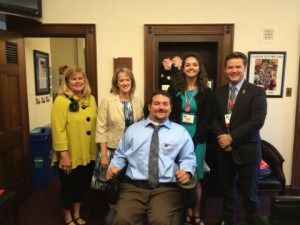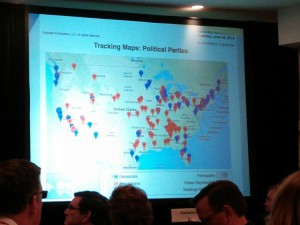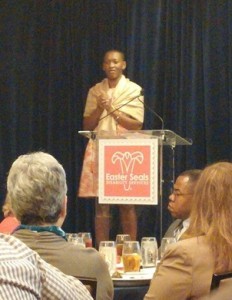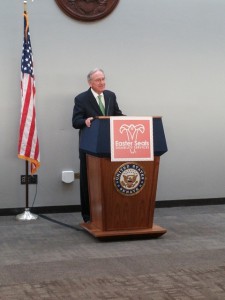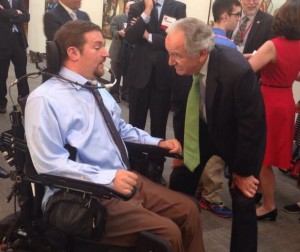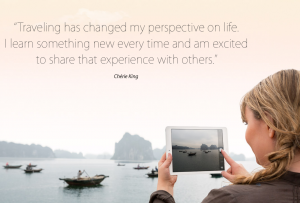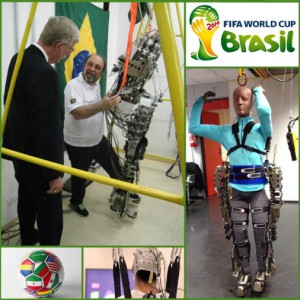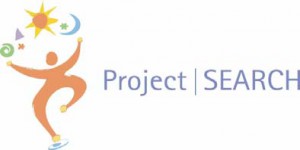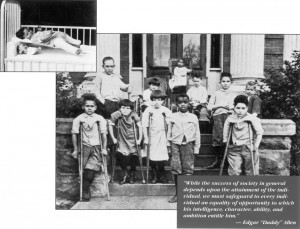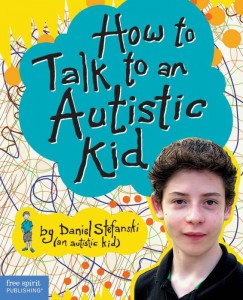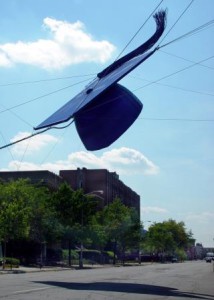Hanging with Sen. Harkin, Ben Trockman and others on Capitol Hill, talking jobs
by Sara Croft
I had such fun hanging out with Ben Trockman at the Easter Seals Advocacy Summit in Washington, DC last month, and I loved reading the post he wrote last week about our visit to Capitol Hill. Here are some more details on ways all of us advocated for the funding and programs that support employment for adults, seniors and veterans with disabilities while we were in DC.
First off, Easter Seals provided an advocacy training seminar to empower the affiliates for our appointments the next day with U.S. Representatives, Senators or their staff. During this time, we were reminded of some staggering statistics regarding employment and people with disabilities and veterans:
- 80% of people with disabilities who want to work are NOT represented in the workforce, compared to 70% of people without disabilities who are.
- Gulf War veterans represent 1/2 of all unemployed veterans.
- Female veterans are the fastest growing homeless population.
- The over-65 age group is the most employed demographic population.
49 Easter Seals affiliates (a total of 200 representatives) were set to make 231 appointments, 91 of those being with our Senators and Representatives. This map shows where we came from and what areas we serve:
Our agenda was to urge our Senators and Representatives to pass the Workforce Innovation and Opportunity Act, the Homeless Veterans’ Reintegration Program and the Senior Community Service Employment Program. Here’s why:
- We want individuals with disabilities, older adults and veterans to get jobs.
- Too many people struggle to find meaningful work.
- Congress MUST increase access to employment services and supports and improve employment outcomes and opportunities for these populations.
During the advocacy summit, we heard from Claudia Gordon, a former Associate Director in the Office of Public Engagement at the White House and currently Special Assistant to the Director in the Office of Federal Contract Compliance Programs. Gordon is the first African-American lawyer who is deaf, and she gave an inspiring presentation about the obstacles she overcame to be where she is today. She is the public engagement advisor to the disability community.
The OFCCP has set a goal for federal contractors that could result in an additional 600,000 jobs for people with disabilities in the coming year. In addition, the OFCCP is requiring federal contractors to collect more data on disability and veteran employment.
Other Hoosiers joined Ben Trockman and me to meet with Indiana’s representatives and senators to discuss how Easter Seals is making a difference in the communities they represent and serve. Ben was an intern with Easter Seals and is an ambassador for people with disabilities, and he spoke about the importance of employment for young adults. Ben was excited to announce that he was just offered a position with Old National Bank in Evansville as their Community Outreach and Employment Specialist, in which Ben will work with Easter Seals and other employment providers to ensure that people with disabilities, veterans and seniors are accurately represented in the workforce.
On Tuesday, June 24, we were scheduled for six meetings on Capitol Hill:
- Rep. Susan Brooks with Legislative Director Megan Brooks (IN-05)
- Rep. Andre Carson with Legislative Assistant Erica Powell (IN-07
- Sen. Joe Donnely with Legislative Assistant Devin Benavidez (IN-S)
- Sen. Dan Coats with Legislative Assistant Sam Blevins (IN-S)
- Rep. Marlin Stutzman with Legislative Assistant William Young (IN-03)
- Rep. Larry Bucshon with Legislative Assistant Sarah Killeen (IN-08)
Ben Trockman already wrote about how Senator Tom Harkin spoke at our reception dinner at the end of that very busy day. Ben was noticeably thrilled to spend one-on-one time with the Senator who was a founding advocate for the Americans with Disabilities Act, the Assistive Technology Act, and an overall advocate for people with disabilities in the United States. I had so much fun at the advocacy summit, and Ben was a hoot to hang out with.
At Easter Seals Crossroads in Indianapolis where I work, our advocacy for employment opportunities for people with disabilities goes far beyond our time spent on Capitol Hill. From providing young adults in high school with employment skills through the NEXT Project to assisting adults with disabilities with resume, interview skills and job coaching in our employment services division and working to reintegrate veterans into the workforce, Easter Seals Crossroads is committed to empowering people with disabilities through employment, as are many of our fellow Easter Seals affiliates across the country.
View photos and learn more about Capitol Hill Day with Easter Seals by following #CapHill14 on Twitter!







